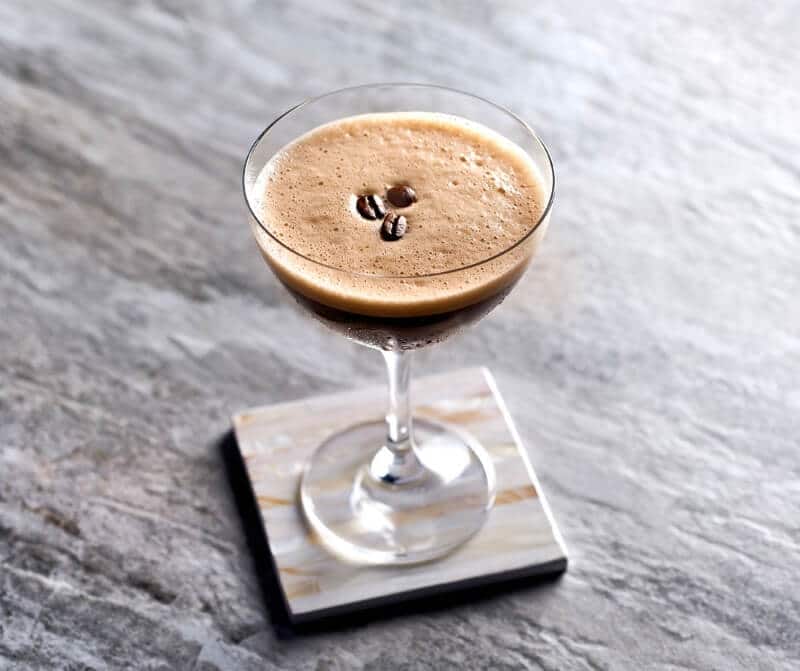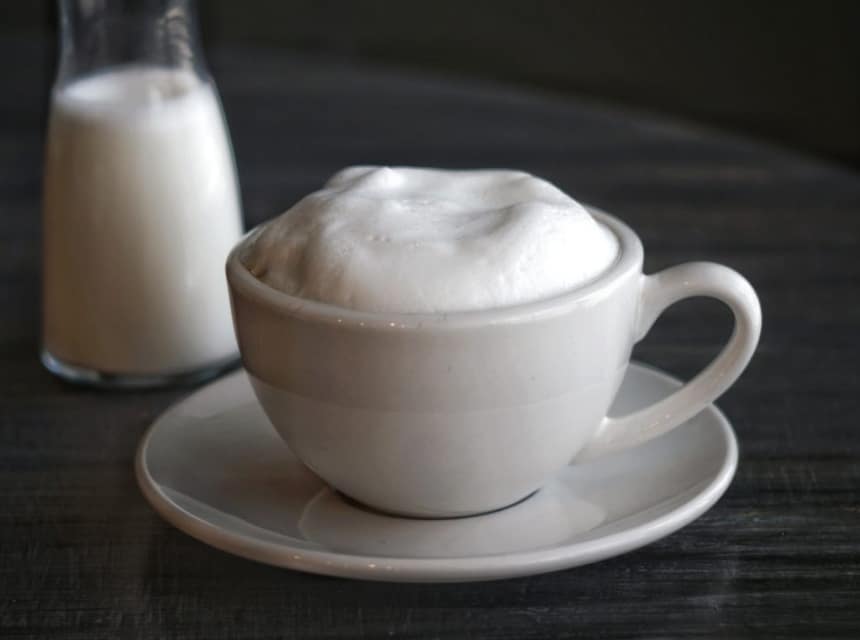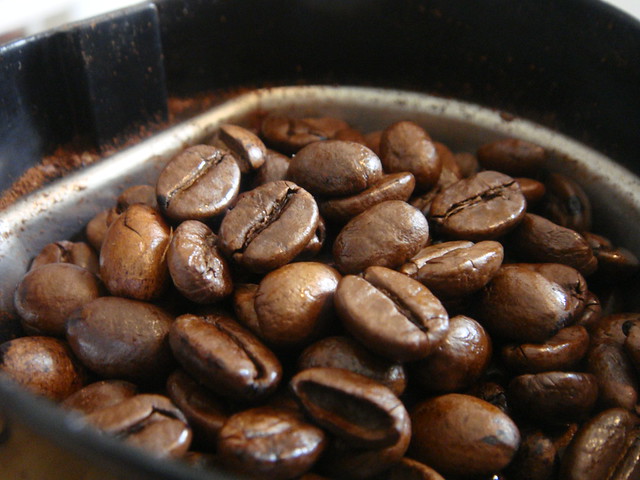

Have you just found out about coffee jelly? For some, it’s an indulgent, delicious treat. For others, it can be considered a way of life with its complex flavor and texture profile, giving you all kinds of yummy sensations that go far beyond the reach of a lone cup of coffee.
By now, you’re probably desperate to find the perfect coffee jelly recipe so you can make some yourself. The great news is, we have it right here! In fact, we’ve got all the information about coffee jelly, including; a brief history, description, and insight into the great jelly powder/ gelatin debate.
It’s important to follow the right recipe for this popular treat so that you get the best flavor and consistency. The tips below will help you to do that whilst also guiding you to use the right ingredients and methods for the perfect results. Why wait any longer? Read on for the perfect coffee jelly recipe and more below.

Coffee jelly achieves the slippery, firm texture it is known for because it has a base of gelatin or an algae-based substitute that is then mixed with sugar and a high-quality coffee, usually one that comes from a coffee maker. The most delicious coffee should be used to achieve a deep, rich flavor, and high-grade coffee makers like this Chemex 10-cup wood neck coffee maker are often the most reliable options for creating the kind of yummy coffee you use make fantastic coffee jelly.
You’ll see this tasty treat most often in Japan served in cafes or even in Japanese schools. However, it’s also seen in Europe and has risen in popularity as coffee culture, and at-home coffee making becomes more popular.
Coffee jelly is also a great way to add a punchy burst of coffee into your diet or beverages because you can make it as strong as you like. Some people enjoy the fact that coffee jelly makes them feel more awake, stimulated, or even happy as it can produce serotonin in the brain Trusted Source Central fatigue: the serotonin hypothesis and beyond - PubMed The original central fatigue hypothesis suggested that an exercise-induced increase in extracellular serotonin concentrations in several brain regions contributed to the development of fatigue during prolonged exercise. pubmed.ncbi.nlm.nih.gov .
Other coffee jelly lovers appreciate the potential health benefits of coffee. Research suggests Trusted Source New review suggests coffee can stimulate digestion | British Coffee Association The review of 194 research publications suggests that moderate coffee consumption (defined by EFSA as 3-5 cups per day) was not found to generate harmful effects on the various organs of the digestive tract. Two areas of particular interest emerging from the research are the association between coffee and a reduced risk of gallstones and the evidence linking coffee consumption with a reduced risk of pancreatitis, although more research is still needed. britishcoffeeassociation.org that coffee can help reduce your gallstone risk and protect you against certain liver diseases. It could even help reduce your risk Trusted Source The Effect of Caffeine on the Risk and Progression of Parkinson’s Disease: A Meta-Analysis Coffee and caffeine are speculated to be associated with the reduced risk of Parkinson’s disease (PD). The present study aimed to investigate the disease-modifying potential of caffeine on PD, either for healthy people or patients, through a meta-analysis. The electronic databases were searched using terms related to PD and coffee and caffeinated food products. www.ncbi.nlm.nih.gov of degenerative brain diseases like Alzheimer’s.
Coffee jelly is thought to originate from Britain as far back as 1800, although this is commonly disputed as some people feel strongly that it came from America. The British records suggesting coffee jelly first came from that part of the world come from something called The New Family Receipt Book, which dates back to between 1745 and 1828. The book includes all kinds of information on British domestic life, including various recipes of which coffee jelly features as a suggested dessert to be served in individual cups.
Coffee jelly then made its way to America in the early 1820s/1830s, where it was common to make it with help from a pour-over coffee maker and then serve it with thick whipped cream, a popular take on the recipe even today. It wasn’t until the early 1900s that coffee jelly then appeared in Japan (called kohii zerii), where it became and remains incredibly popular to this day.



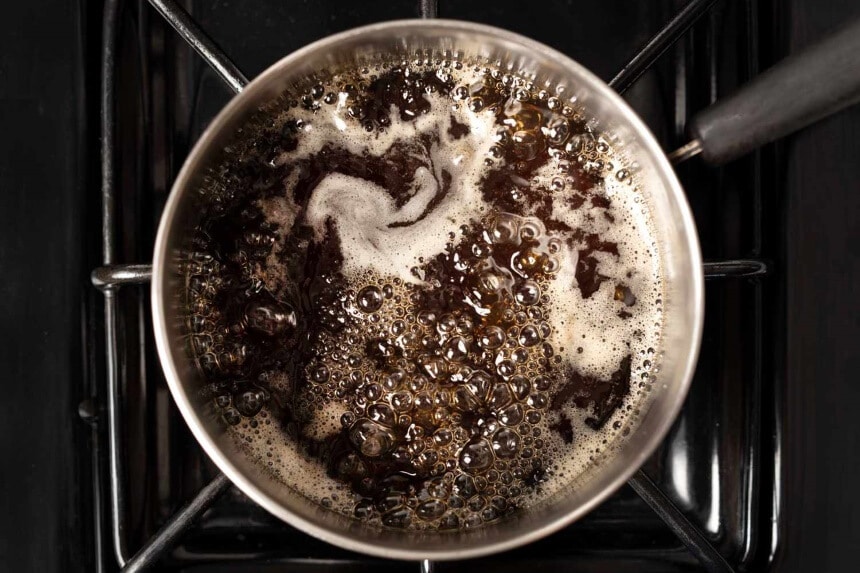
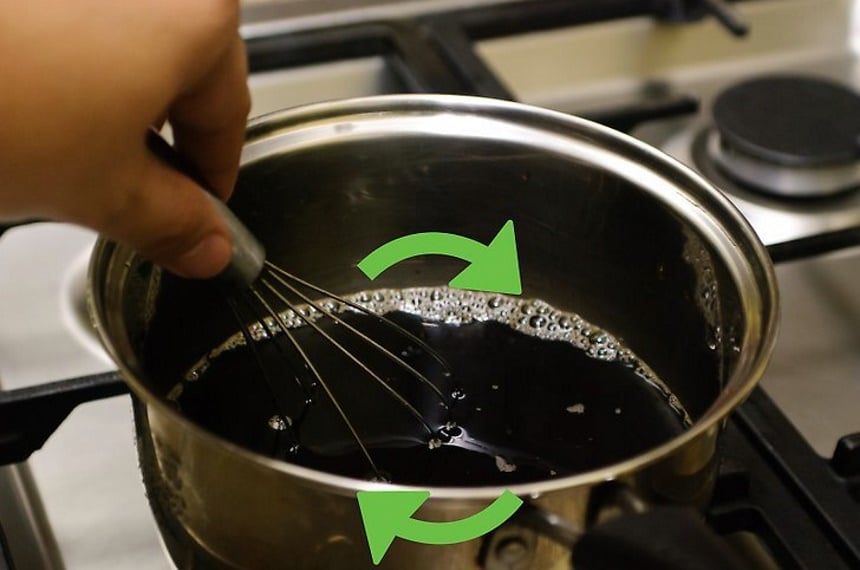
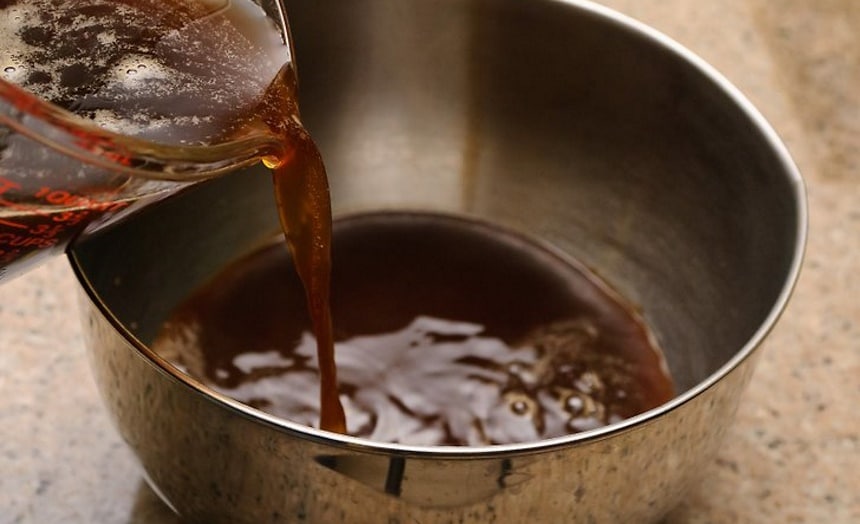
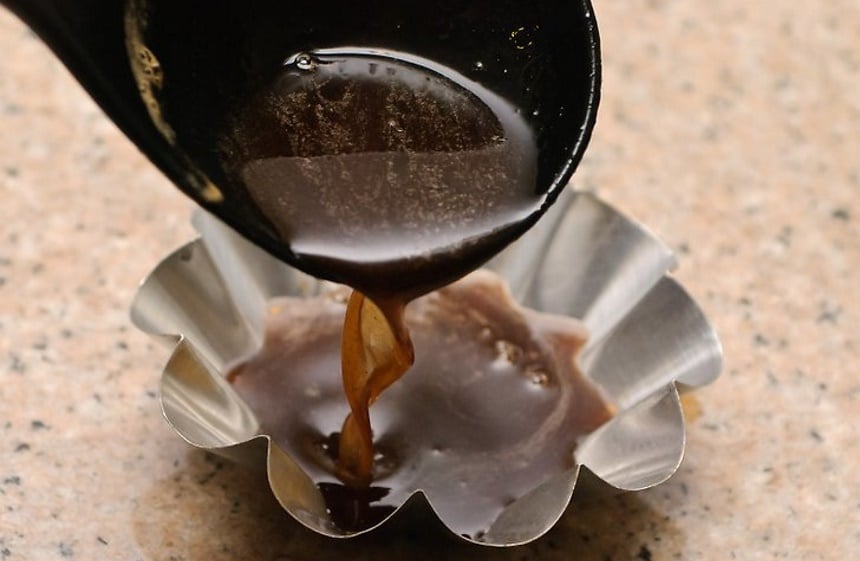
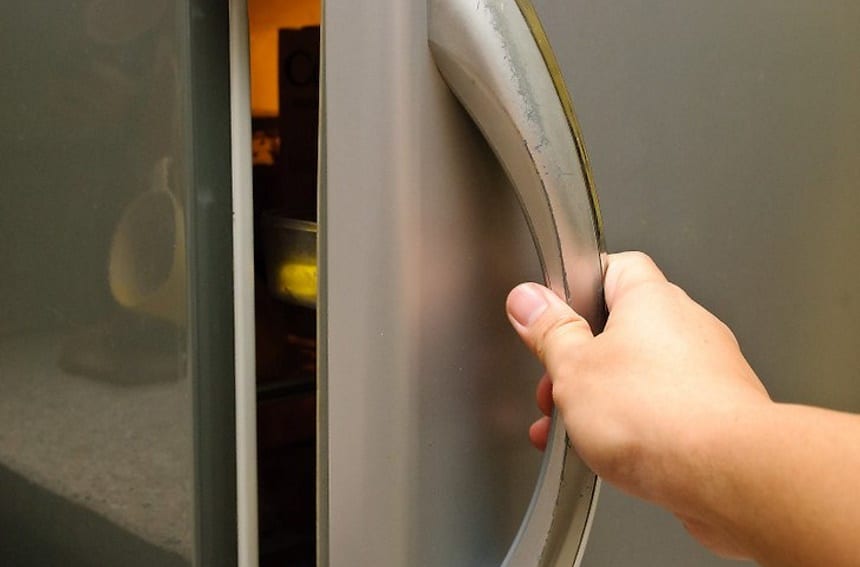
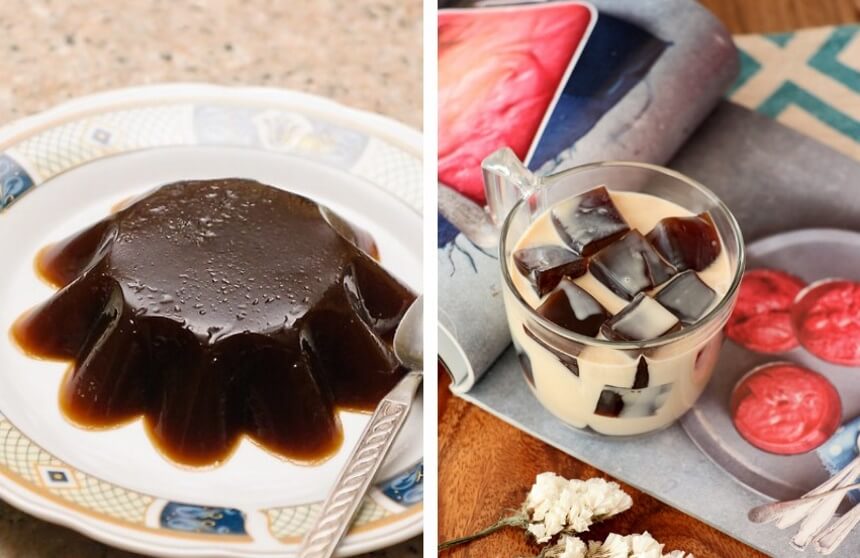

Instead, something like the NuNaturals unflavoured beef gelatin powder is better because it has no negative impact on the flavor of the finished jelly. It’s also purer and healthier compared to jelly powder, which can contain additives or other additions you may wish to keep out of your yummy treat.
If you want to make the jelly vegan or vegetarian, you’ll want to use an ingredient called agar-agar, which is gelatin-free.
Coffee jelly is incredibly delicious and simple to make, especially with our easy recipe above. The trick is to use coffee in your coffee jelly that is rich in flavor so that the finished product packs a real punch and melts in the mouth.
Will you make your coffee jelly recipe with a strong Robusta from Africa? A medium roast Arabica from Columbia? The possibilities are endless! There is also a world of toppings and uses to enjoy, like whipped cream or chocolate sauce. We’re also great fans of a coffee jelly infused with chocolate coffee beans or even made into a caffeine-laden trifle! The best thing is you now have a simple base recipe to make your own perfect coffee jelly. Now it’s time to have some fun creating an indulgent, flavorsome, succulent coffee you can eat!

